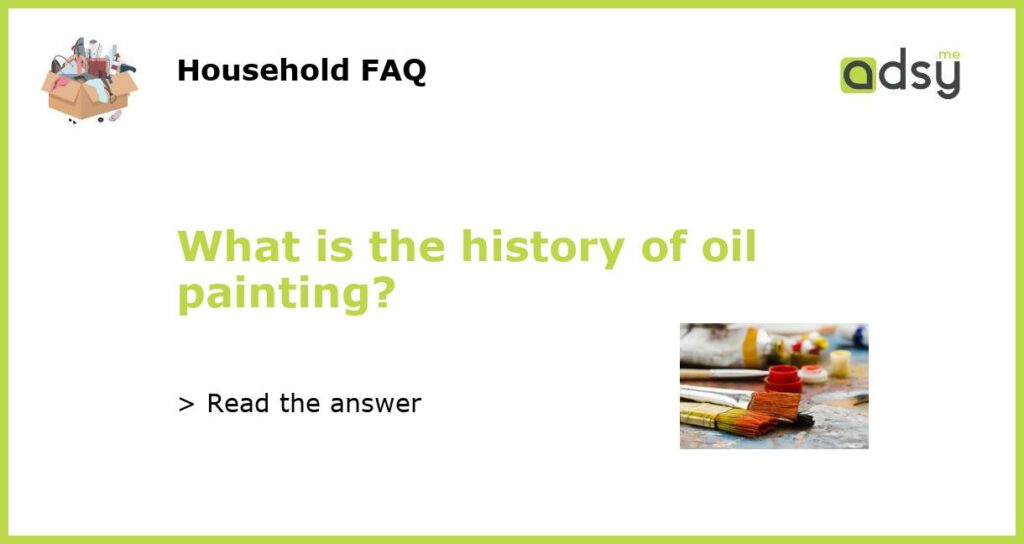The Origins of Oil Painting
Oil painting has been a beloved medium for centuries, known for its luminescence and vibrant colors. While the exact origins of oil painting are somewhat unclear, it is believed that this technique emerged in the early 15th century in Northern Europe. Dutch artists were among the first to experiment with oil pigments, utilizing them to create luminous, realistic landscapes and portraits.
The Evolution of Oil Painting Techniques
As the popularity of oil painting grew throughout Europe, artists began to experiment with a variety of techniques to achieve different effects. In the 17th century, Dutch artist Rembrandt van Rijn developed a technique called impasto, which involved applying thick layers of paint to the canvas to create a sense of texture and depth. Other artists, such as Francisco de Goya, used a looser, more expressive technique known as alla prima, which involved painting quickly and directly onto the canvas without waiting for layers to dry.
Oil Painting in the Modern Era
While oil painting has a long history, its popularity has not waned in the modern era. Today, artists continue to experiment with oil paints, using the medium to create everything from hyper-realistic portraits to bold, abstract compositions. Some artists, such as Gerhard Richter, have even incorporated photographic imagery into their oil paintings, blurring the lines between traditional painting and photography.
The Impact of Oil Painting on Art History
The invention and evolution of oil painting had a profound impact on the history of art. Prior to the introduction of oil pigments, most paintings were created using egg-based tempera, which produced flat, dull colors. Oil pigments, by contrast, could be layered to create a range of hues and tones, bringing a luminosity and vibrancy to artwork that had never been seen before. The use of oil painting also allowed artists to create more realistic and detailed depictions of their subjects, leading to a renewed focus on portraiture and landscape painting.
The Future of Oil Painting
Despite advances in digital technology, oil painting remains a beloved and enduring medium for artists around the world. With its ability to create vibrant, textured compositions, it is likely that oil painting will continue to play a vital role in the world of art for years to come.






